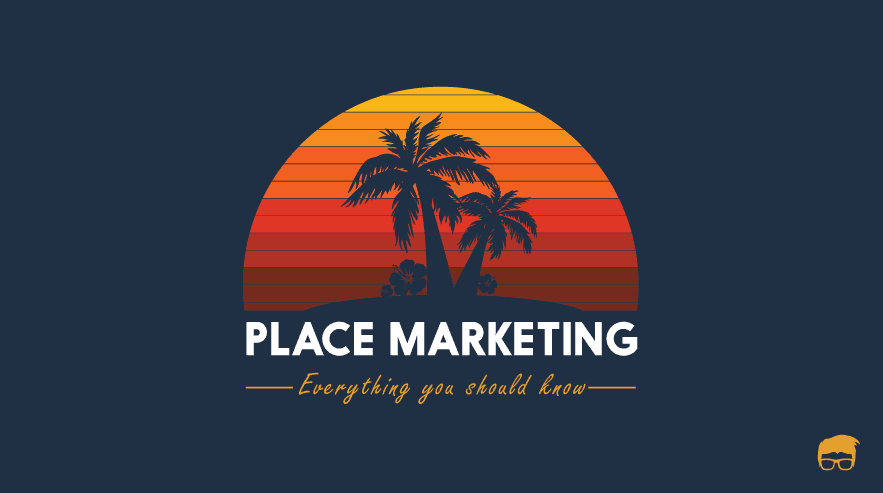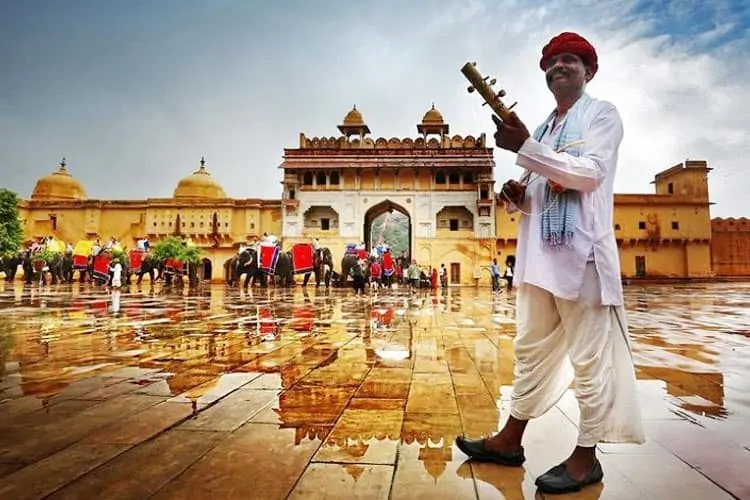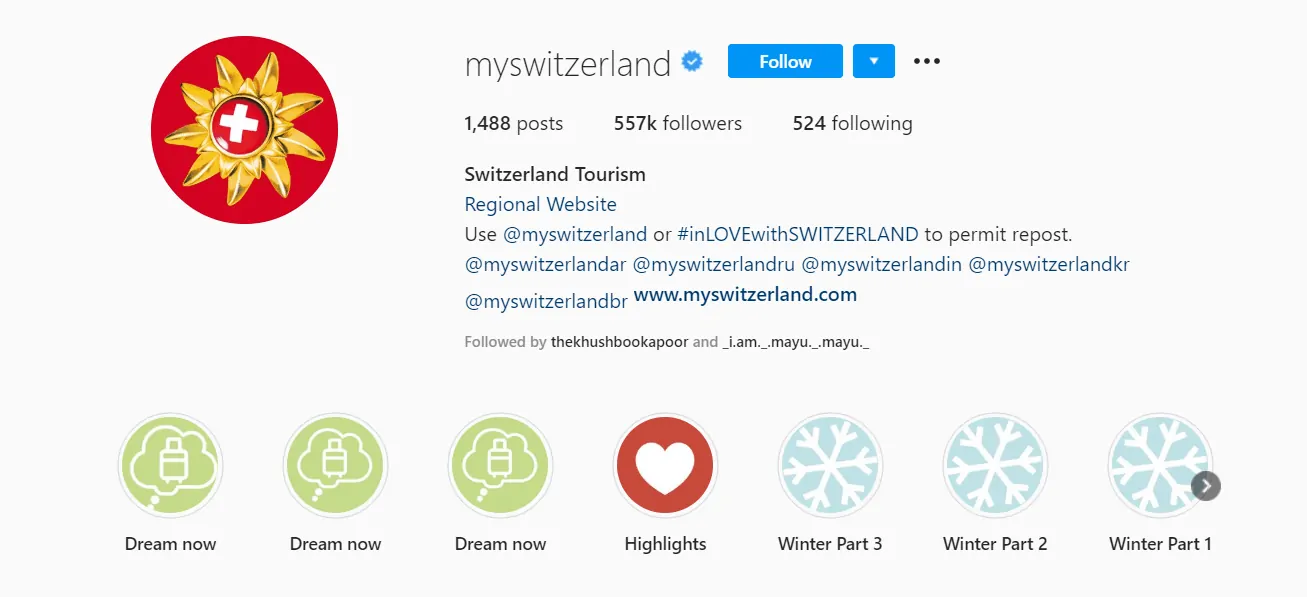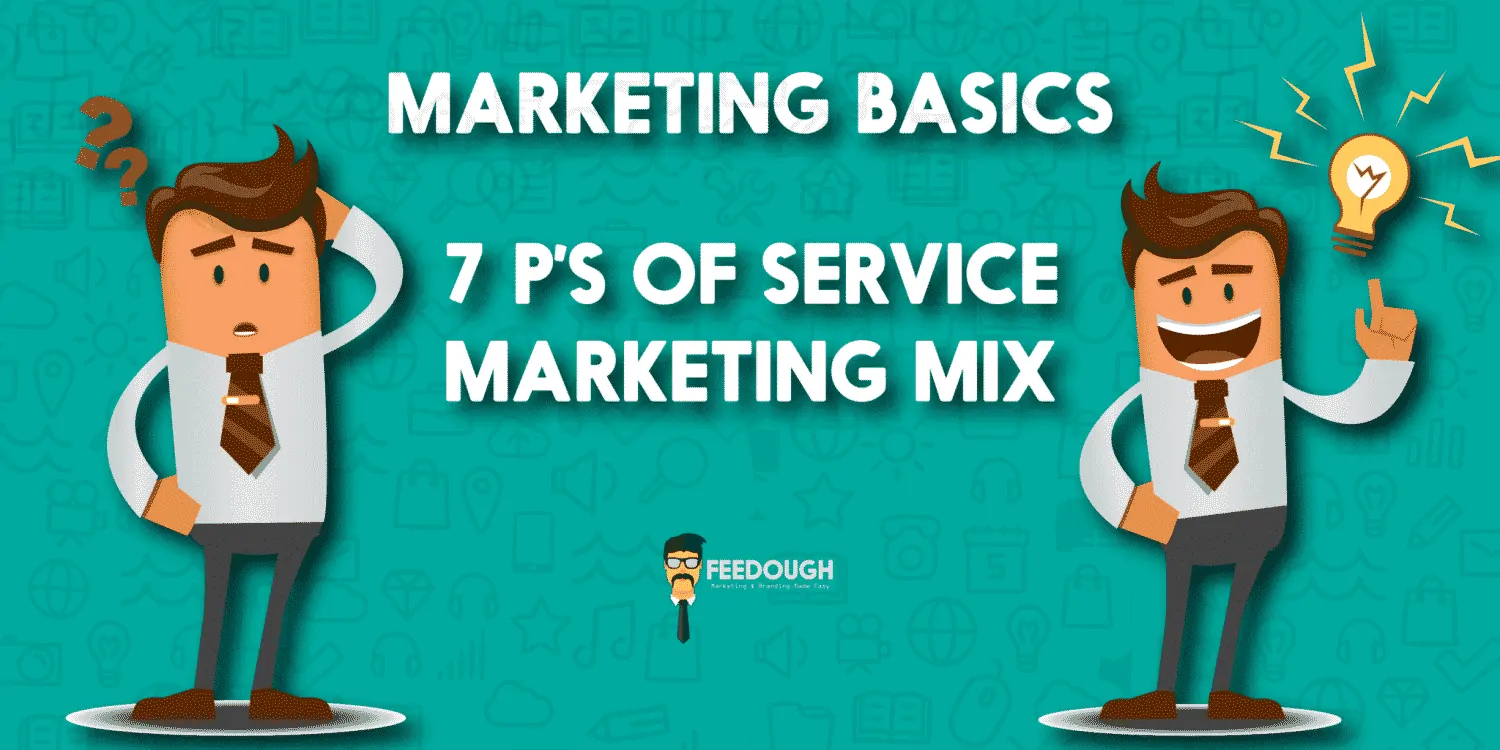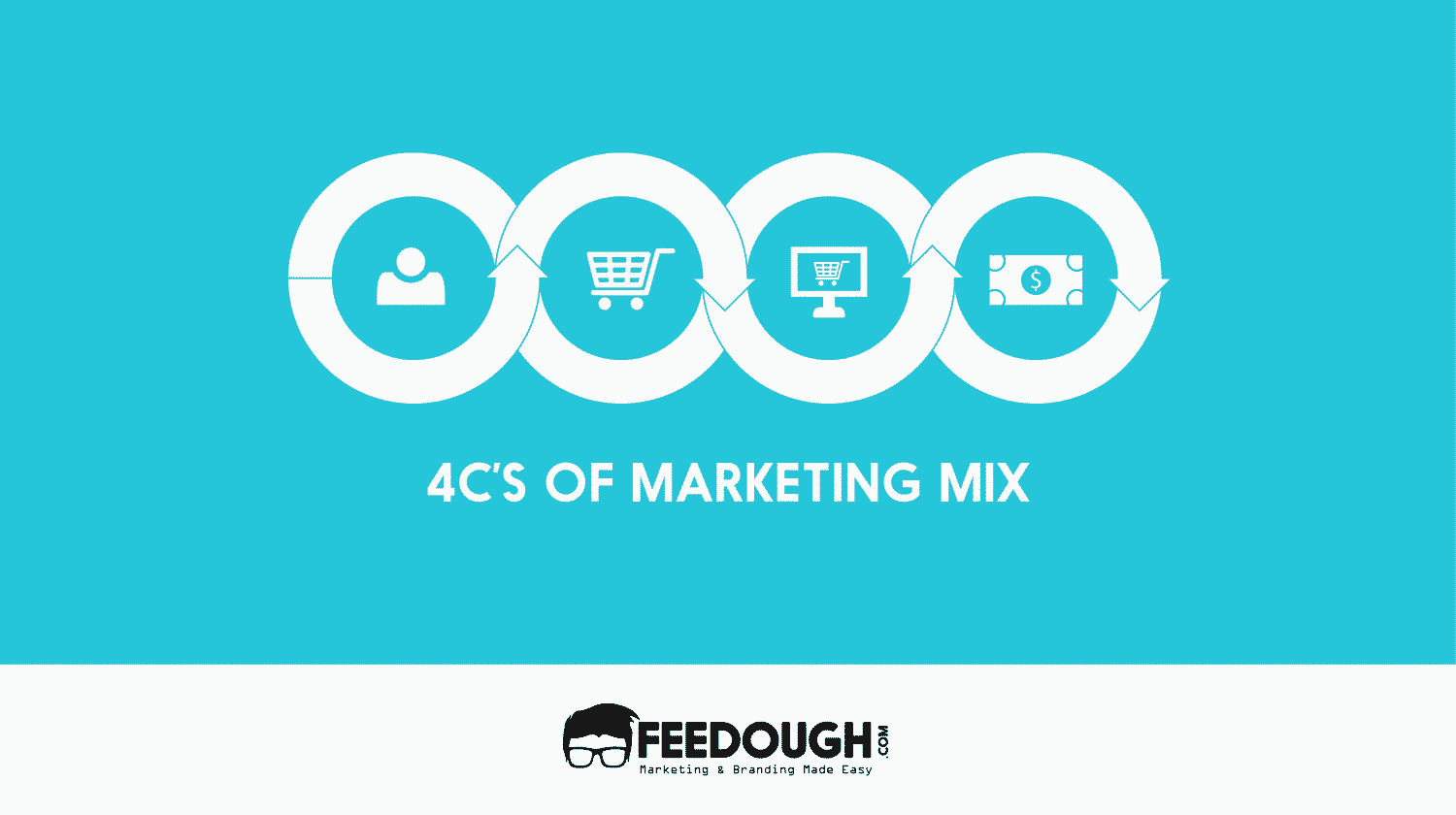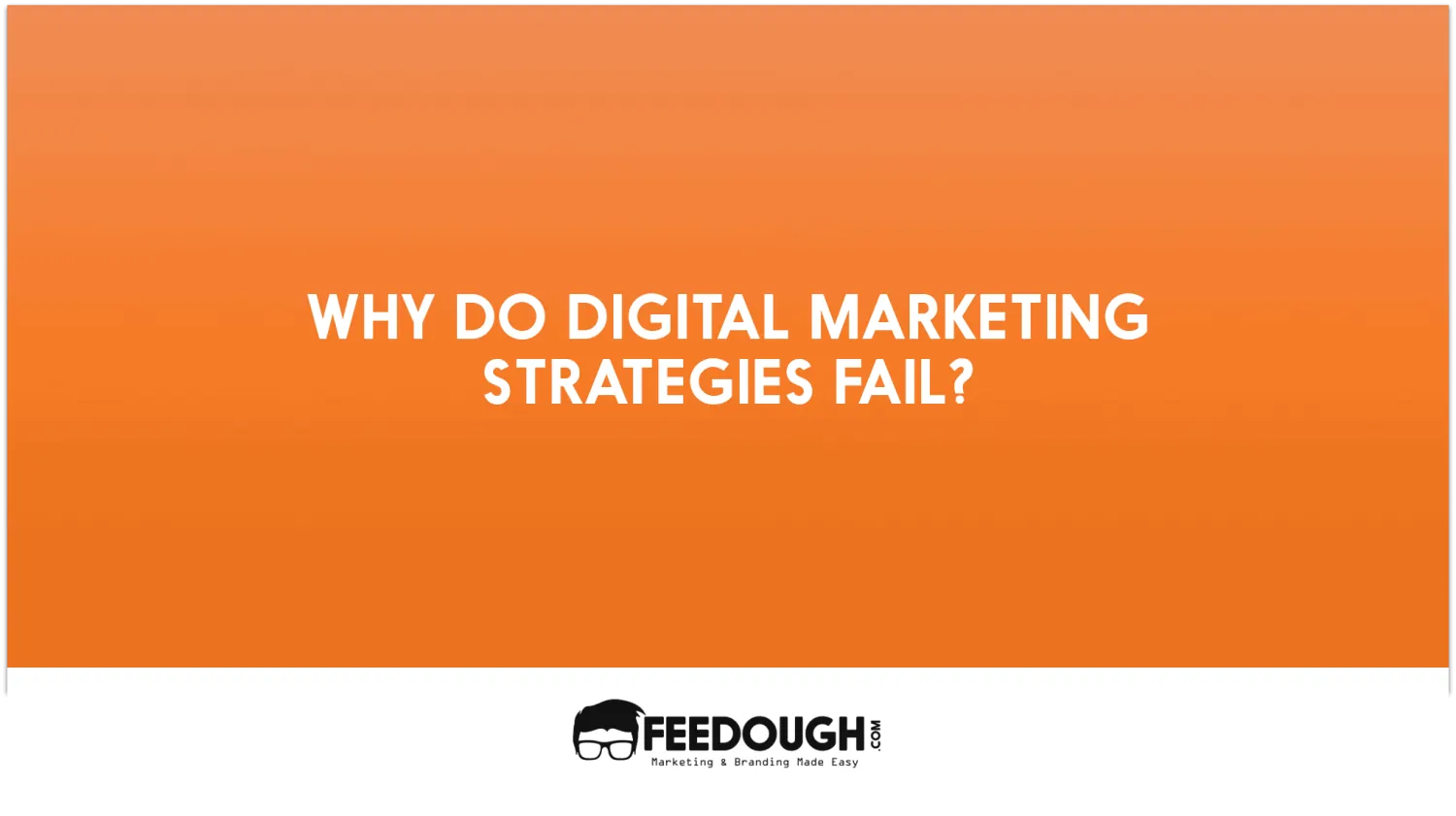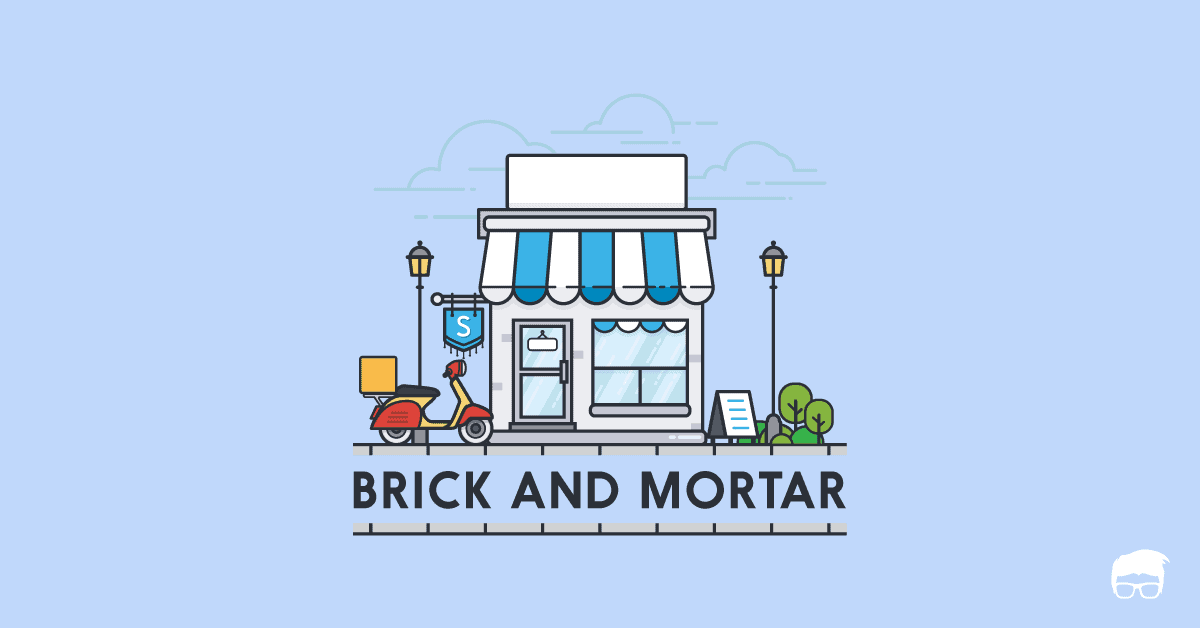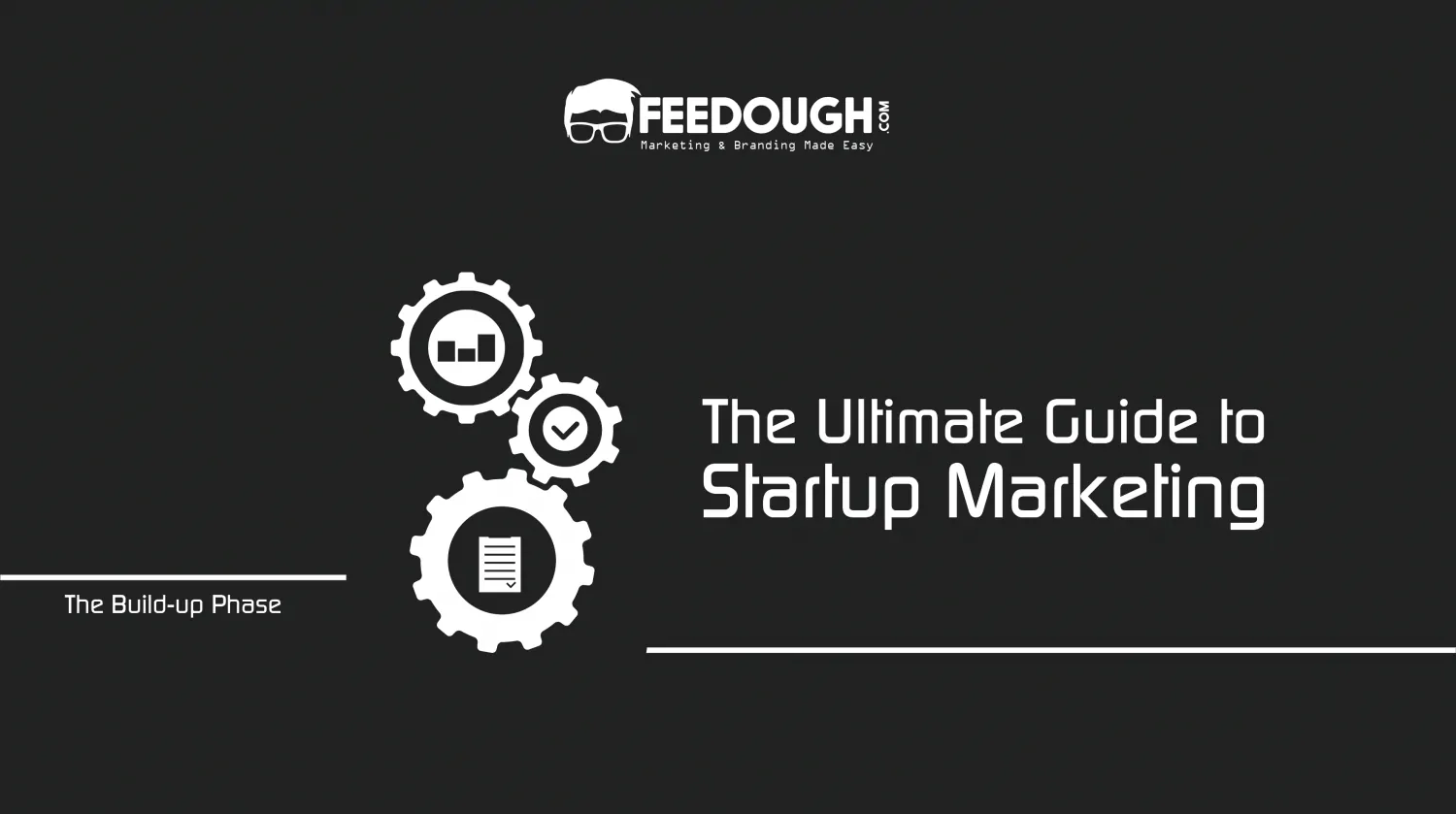Outings are all about experiences. Treks, road trips, fests or a day spent laying on the beach, all are experiences. That’s what place marketing is about.
Selling experiences.
But how to sell something that spans across a city or country? Here is our guide on place marketing that will get you going with the strategies and how-to.
What Is Place Marketing?
Place marketing is the set of tactics used to market a geographical location to improve its business.
- Place: A geographical location like a city, state, or even an amusement park.
- Marketing: Set of tactics a business uses to promote and sell its products in the market.
In simple terms, place marketing is the process of marketing a place. Destination marketing is used to promote a place for potential visitors to increase the odds of them visiting the marketed place. City marketing, region marketing, country marketing all fall under place marketing.
But why to market a place? Why is place marketing even important?
Well, place marketing can have various benefits like:
- Improving local businesses.
- Attracting foreign businesses.
- Boosting tourism.
- Overall area development.
- Cultural uplift.
Except for these direct benefits, there are various other indirect perks that each of these brings. For example, newer business establishments bring job opportunities for locals.
Marketing in any field is a tricky process. Place marketing or destination marketing makes it all the more complicated for obvious reasons. Various factors such as scale, people involved, no central ownership, geography etc. tangle the marketing process very quickly.
The basic idea of destination marketing is to understand the current image and assets of the place and market them to a relevant audience via relevant mediums. This can also involve improving the existing assets or even developing new ones to suit the marketing strategy.
Place Marketing Strategies – How To Make Your Own Place Marketing Strategy?
Are you planning to market a place, region, or a city? Is the region popular for its beaches or are its historical monuments the main attraction?
It is difficult to generalise place marketing. It isn’t something like ‘marketing mobile phones’ or ‘marketing furniture’. While of course, all specific subjects have their differences, the spectrum of place marketing is too broad. One marketing project can be the polar opposite of others. This is the reason there are no go-to steps to follow.
But there are many concepts which when applied to your destination marketing campaign are bound to make it a success.
Know Your Target Audience
Would you market a hilly town known for its adventure activities to people in their 70s? Never! Who would want to visit the place? More appropriate target audience would be teens and their parents.
You have to have an answer to questions like,
- Who would visit your place?
- What would be their average expenditure?
- How would they travel? What kind of accommodation would they prefer?
- Would they travel alone or with someone?
Answering such questions will help you clarify the audience you want to target.
Not just that, it will be helpful in understanding what areas need to be developed or adjusted. For example, when marketing areas for trekking, more camping stops will be preferred than hotels.
Have one or few personas illuminate the process ahead. Numerous questions are much clearer with personas in hand. When is the target audience most likely to travel? Are they domestic or from other countries? What interests them? What other places attracting a similar audience, are doing well? Answering all this is much easier with a proper visitor persona(s).
Involve All Stakeholders And Make Associates
Involving stakeholders like place officials, councils and having their opinions and knowledge helps. Whenever possible, grassroot research can also help. For instance, when creating a marketing strategy for a city filled with historical monuments, talking to ancestors of people involved can provide vital marketable information.
Not just these, local tour agencies, hotels, popular markets etc. can be involved in the process to understand the available resources. You can even persuade many of these to align with your marketing strategy.
Utilise Data For Analytics
Any marketing campaign launched without analysing data is doomed. Data analytics should be used on every step necessary. Making persona, analysing crowd, analysing performance are a few instances where data analysis can be useful.
Audit And Iterate
Many make the mistake of thinking analysis as a one-time process. It is not! Analysis is an iterative process. You need to monitor your actions and their results and then compare them with expected results.
If the results are not satisfactory, more analysis follows. Analyse weak-points and tune your strategies to fill the gaps. This is all about steady optimisation of marketing strategies.
Know Your USPs
The place to be marketed has to have some unique points. Again, analytics helps in figuring these out. These can be man-made structures like Disneyland or the Empire State Building or historic museums, or these can be natural attractions like mountains and lakes.
Many attractions can be targetted to a very narrow audience as well. Spending a day at the stadium of their favourite club might be enough a reason for a Football fan to visit a country. An otaku might have Japan in their priority list.
Not just physical structures, attractions like cuisines, tribes, old practices etc. are also very appealing to many. Research and analytics and involving as many stakeholders as possible can effectively help you figure the unique selling points out.
Create A Memorable Brand
Marketing should be aimed to have your destination engraved into your audience’s mind as soon as they see an advertisement. Building a good image is an extremely rewarding process.
All the advertisement modes like website, brochures, slogan, hoardings, promotional images, social media handles and even the colour schemes involved should reflect this image and be compelling to the audience.
Rajasthan (India) tourism’s taglines like, “Padharo Mahare Desh” (meaning welcome to my country) and “explore the land of Maharajas” are brilliant examples of this. Not only are they catchy, but they also capture the welcoming mysticism of the state very well.
Segmentation
You want to market an island for its beaches. You do your research and find that groups of friends in their 20s are a great audience. But so are newly-weds. Who will you target your campaign towards? Possibly both! But marketing may vary between the two.
Customer segmentation plays its part here. Target customers have to be segmented on various aspects like age, interests, financial capacity, mode of travel, preferable accommodation and many such factors. Once segmented, tactics are formulated in accordance with the preferred choices of each category.
Segmentation prevails in all mediums. For example, many tourism operators have separate social media handles to cater to the needs of audiences from different regions. Businesses are also incorporating customer service in a variety of languages based on their audiences.
Since marketing is aimed at potential tourists, a lot of it will be done over the internet. A coherent marketing campaign spread over various channels is a must in most cases. Here are some tried and tested tactics that should help your win your online audience:
An Enticing Website
A website is the first thing one searches for when trying to find information. Having a website that captures the flavours of your campaign is a huge plus. A mix of necessary as well as amazing information is a good idea for a website’s content.
Promotional pictures, videos, places to visit, booking portals and everything the place has to offer should be displayed on the website. It should be like a beautifully executed pitch to the tourists. Some printable brochures, infographics or guides are also valuable to many.
Destination Videos
A picture is worth a thousand words and a video is made of thousands of pictures. A good video can have a magical effect in a marketing campaign. Kerala tourism has been producing inspirational examples from many years.. Check out one of their advertisements (a friendly warning, develops a strong urge to visit Kerala)
Social Media Influencers
Influencer marketing is a billion-dollar industry now. People with a wide following and a very high engagement rate are a very effective medium to transmit your message. Many followers take their advice without even thinking of a second opinion.
Travel vloggers, YouTubers, bloggers are some kind of influencers who can play a role here. Such adverts usually are very beneficial because of the established trust of the audience on the influencer.
In fact, it’s a common tactic to invite an influencer, say a vlogger, to a resort and have them post a review vlog in exchange. It comes out as a win for both sides.
Use Consumer-Created Content
Why is it a common tendency to look for a product’s reviews even though the description tells everything about it? The reason is that people can relate to reviews from other users than they can relate with advertisers. And this works in place marketing too.
Sharing content created by past/existing consumers is a strategy being used in many industries now. Take the example of Switzerland.
Switzerland tourism asks users to post with the hashtag “inLOVEwithSWITZERLAND” and shares the posts they find worth on their page. This brings us to the next point.
Yes! Employ meaningful hashtags at all social media platforms whether Instagram or Twitter or Facebook or any other. Hashtags have been a way to find relevant content among the mess for a long time now. So much so that some platforms allow users to follow hashtags.
Consistent and proper use of hashtags drives an authentic audience to your source. For example, using #travellers will bring more and more people interested in travelling to your page while #monuments will organically bring people interested in them towards you. These can be so effective that there are various guides available online to help one choose the right hashtags.
Discussion Platforms
Having a platform where past, current and potential customers can virtually meet and talk is a tried strategy. Maybe a subreddit, or a Facebook group or even developing healthy engagement on Twitter can be beneficial.
Mouth to mouth advertisement is just like reviews, trustworthy. A family who wants to travel with their pet might get some accommodation recommendations from someone who has already done before. Or maybe some hidden food gems. Having well managed healthy discussion forums are a great way to bind potential customers.
Apart from all these tactics, offline promotion should not be written off either. Hoardings still are a great advertising medium for many places. And television advertisements remain the primary ad. consumption sources. Everything comes down to gathering the right data, researching and then deciding the most suitable channel.
Final Word
We will finish with the same note we started with. Place marketing is about selling an experience. It’s not about getting hotels stuffed or about selling tickets or selling food, it is about selling the overall escapade from the thought of a trip to the return journey. Even small items like merchandise and mementoes are part of the experience and can leave an unforgettable memory. The 360-degree content by government tourism departments is a fine representation of this.
Go On, Tell Us What You Think!
Did we miss something? Come on! Tell us what you think about our article on place marketing in the comments section.
Likes to delve into anything that sparks curiosity. Interested in talking to you in articles’ comments section.
